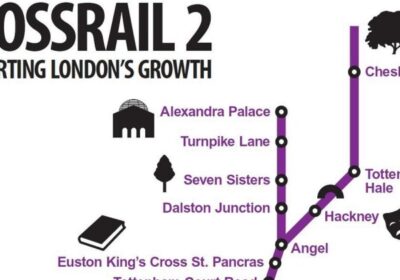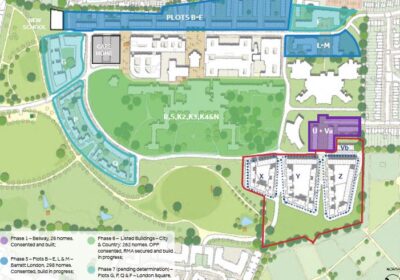For anyone who commutes through Clapham Junction station, they will be familiar with the ongoing redevelopment of the Peabody estate. As a now only occasional resident of LB Wandsworth it is almost always a pleasure to pass by a scheme in construction which I played a role in determining at a planning stage.
Back in 2012, the 1930s estate had witnessed better days. The team at Peabody had been promoting a comprehensive regeneration for some years before they finally came to Planning Committee. I officiated over about 60 meetings in my 4-year term as chair but I will never forget the Peabody hearing. It was a bracing experience and a real challenge for Members and Officers.
The proposal, a comprehensive redevelopment of the tired and dilapidated estate offered over 500 new homes. However, it met fierce opposition from some neighbours and ward councillors concerned about impacts on traffic, light and the disruption from work. The height was not so much the issue, it was the density.
I also recall several unfortunate missteps. Local Labour Councillors had purportedly not been invited to a consultation. At the time the Labour group was in the minority but that didn’t mean they were without influence. This raised heckles and guaranteed opposition.
However, I took the view a centrally located site, moments from the station and with an offer of putting back a large amount of affordable housing was one that should be supported. On the record, the vote was relatively strongly in favour. Off the record, it was not an easy ride. People needed a lot of convincing and it was touch and go.
Over ten years later and the project is yet to finish. It stalled as the development passed through several cycles. I remember feeling so much political energy had been expended with little to show. But looking back, here’s the real point, planning is only one part of an ever-evolving puzzle. Councils and politicians are sometimes unaware of what sits beyond a planning committee.

The estate, relatively self-contained and in one ownership might be considered a straightforward path for development. But it is never simple and I suspect if you asked the original and current team, they would say it’s been a high dive. That’s why it’s positive that Peabody has teamed up with Mount Anvil to deliver the final segment. I look forward to walking through once fully finished more than decade after the original permission was granted on a balmy July night in 2012.









